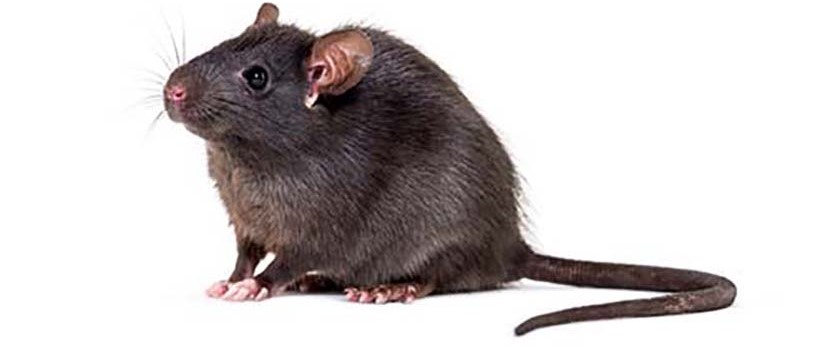The prompt for this week asked why selection doesn't take out genetic variation. As we have learned from past modules in this class, there are many reasons why selection doesn't always have the final say. Factors such as migration, genetic drift, environmental factors, mutation, etc., are just a few of the diverse mechanisms that are able to explain why variation in genetics in populations stick around. As one can see, selection is not the only tool evolution uses.
Looking specifically at mutation and genetic drift, I believe these two mechanisms help the most when it comes to maintaining variation. They both happen randomly, which means the gene pool is ever changing. With mutations, it can be positive or negative, but regardless, it means that there is genetic variation in the population, as new genes are popping up in offspring. Additionally, some mutations can be neutral or silent. Selection usually is based off of traits you can see, (not always though), so it would be hard to get rid of these neutral mutations when selection can't pick off certain organisms based off of these mutations. Genetic drift also ensures variation by bringing in fresh genes from outside the population.
Now that we know how variation still occurs even though selection is a thing, I think it is important to talk about why it is so important. If there was no genetic variation, (let's just say in a certain population), there would be a lot of inbreeding, which in turn can cause diseases and other developmental problems, (module 6 discussion talks all about this). Another reason why genetic variation is important is adaptability reasons. If a population all had the same genes, and some environmental crisis happened in their habitat, they would ALL die. If there was some variation, then there would be a likelihood that some might survive due to a genetic trait that they possess that might give them an advantage. For example, a drought happens. If there was a population of rats that was all white, then they would all be picked off. However, if the rat population had variation in fur colors, (let’s say brown and white), then the rats with the color that blends in with their environment would have a higher chance of surviving.

(Picture from https://www.domyown.com/all-about-rats-a-764.html)
Hi Emmary!
ReplyDeleteI think the way you have your blog set up is really cool and organized!
I also think you did a great job with hitting all the major points that we learned in class and then going more in depth.
Hi Emmary! I also mentioned those exact factors (mutation, genetic drift, etc.) that all play a role as to why genetic variation persists in a population of species through time. I think that your paragraph where you discuss some of the reasons why genetic variation is important is very insightful as I had not thought about that before!
ReplyDeleteI think it's great that you talked about why genetic variation is important too because that gives us reason to figure out the how!
ReplyDelete